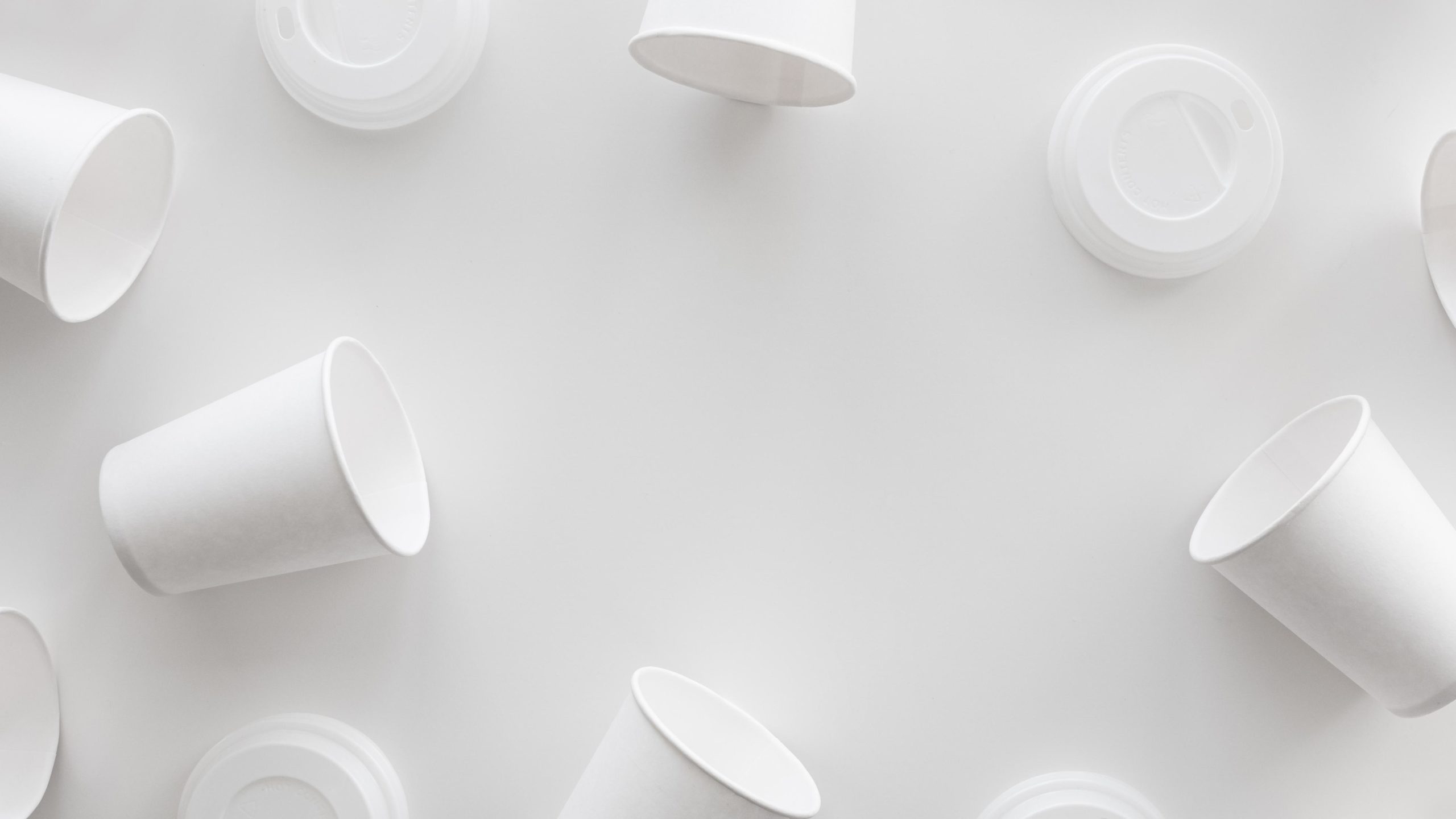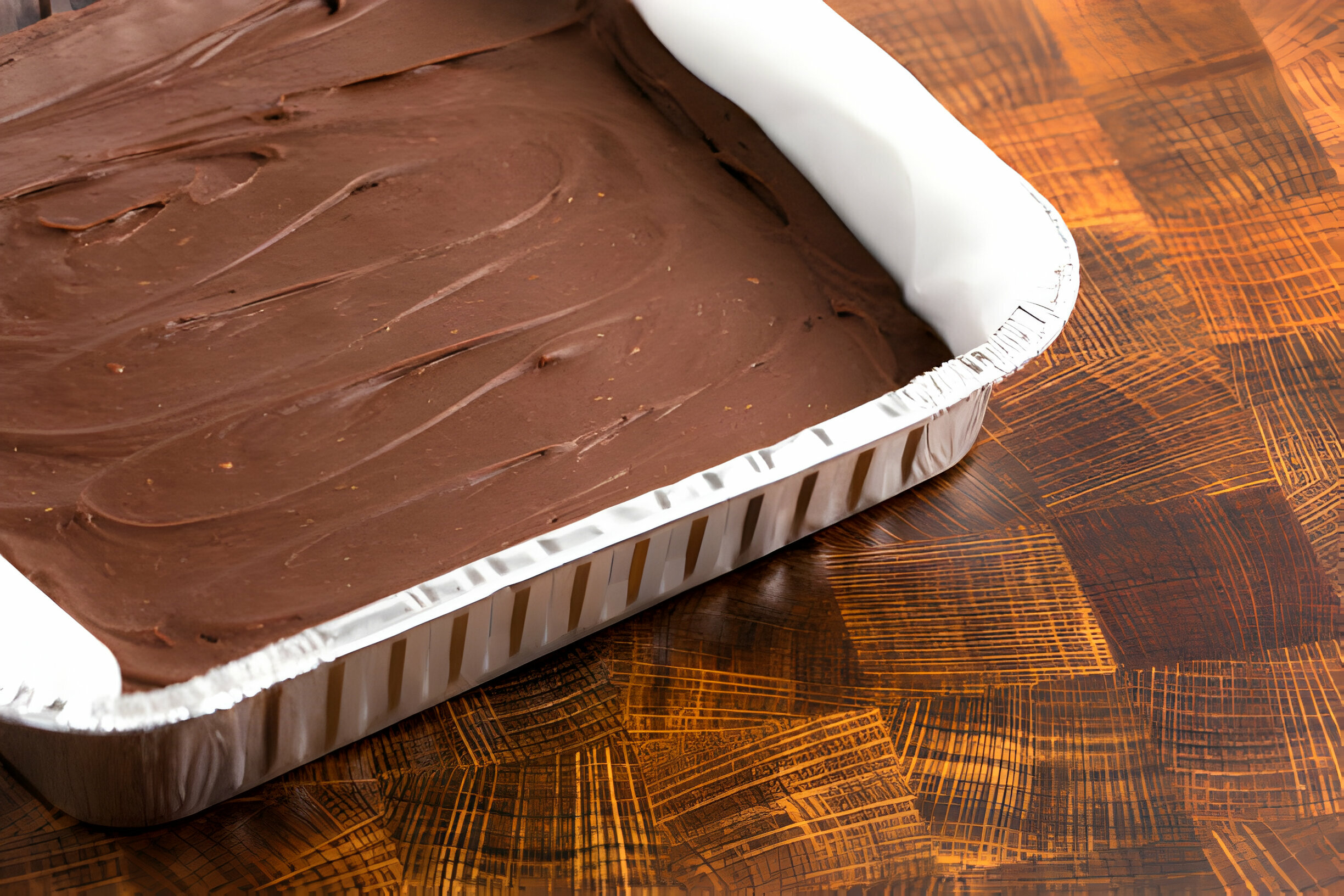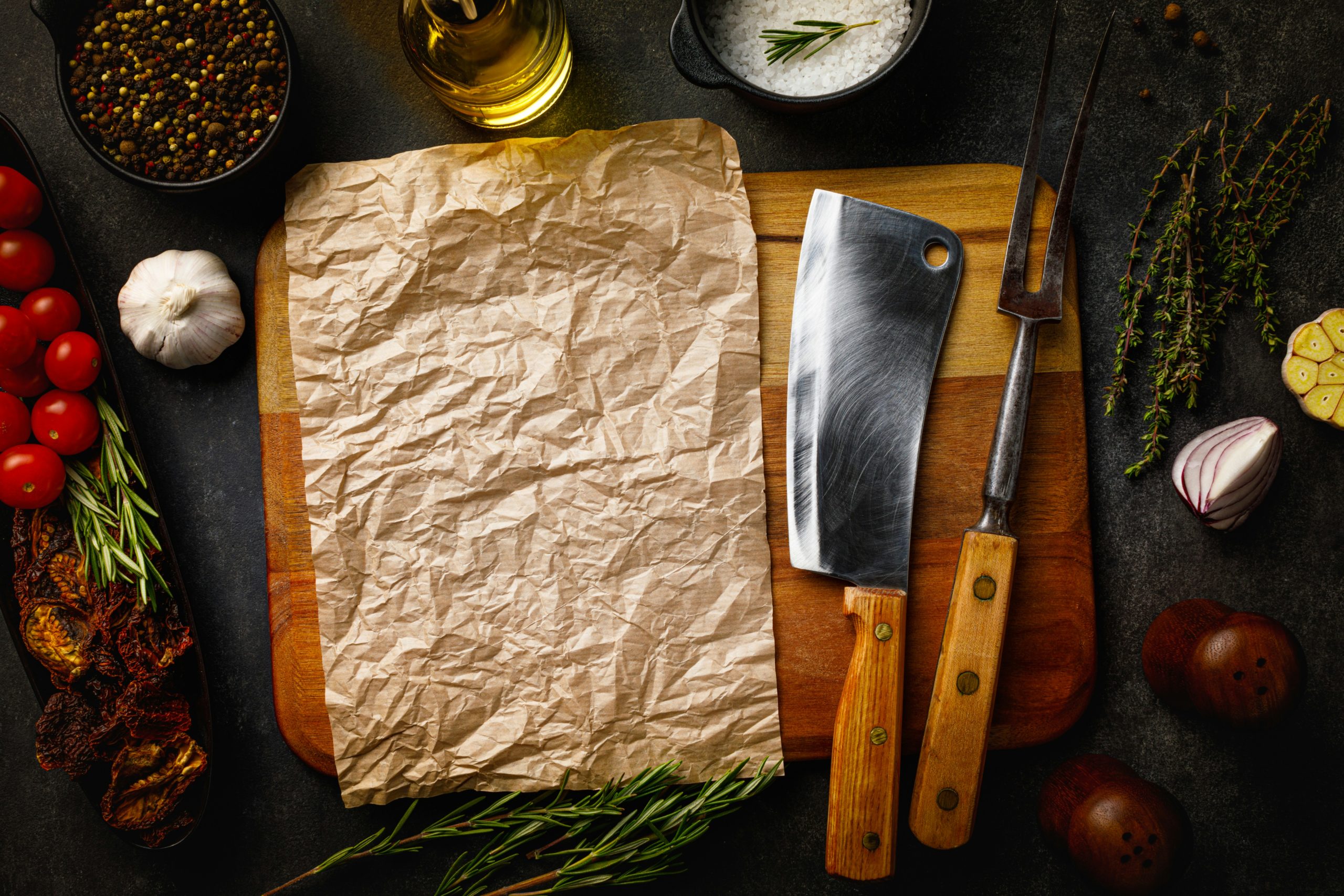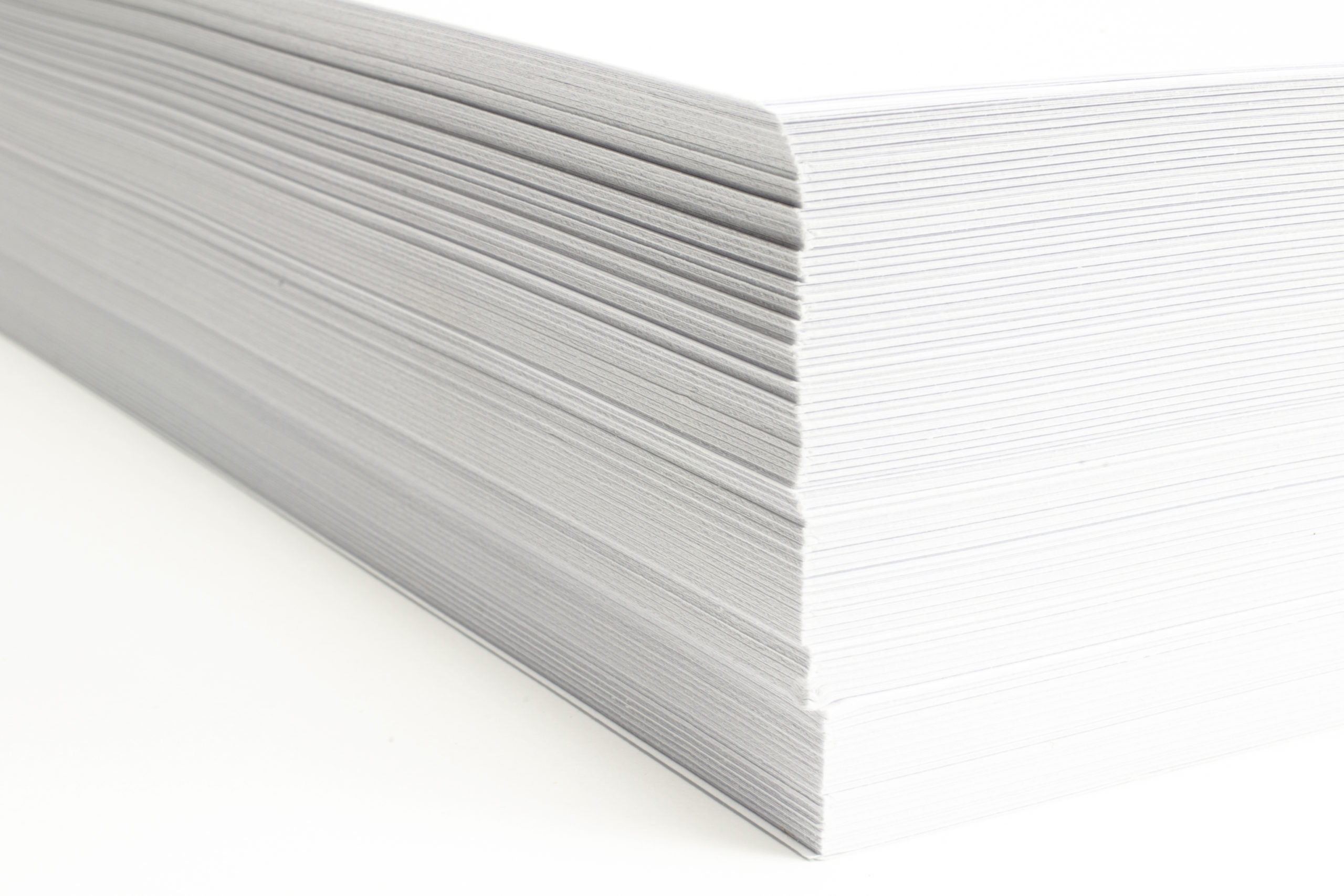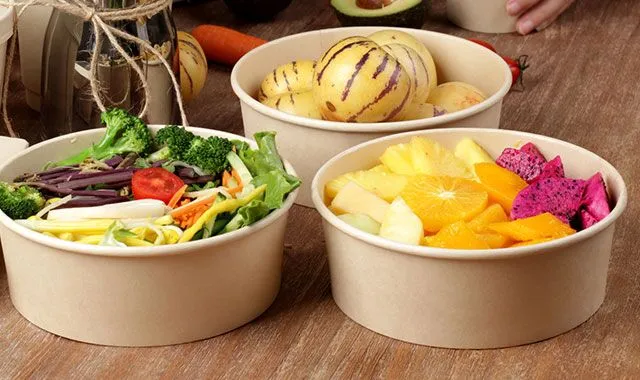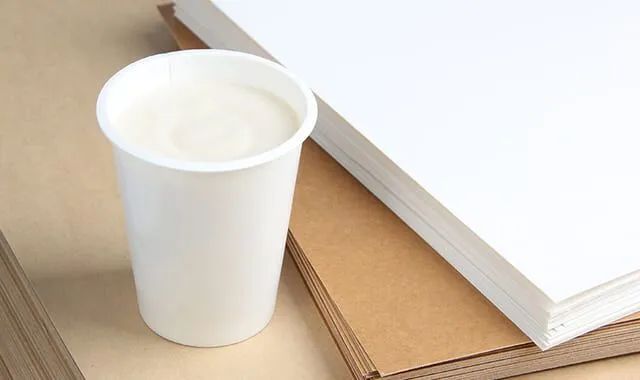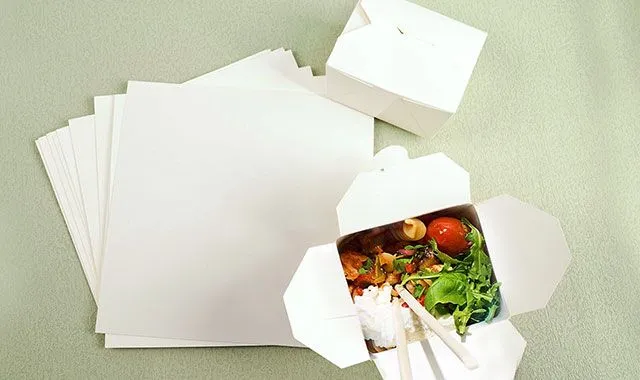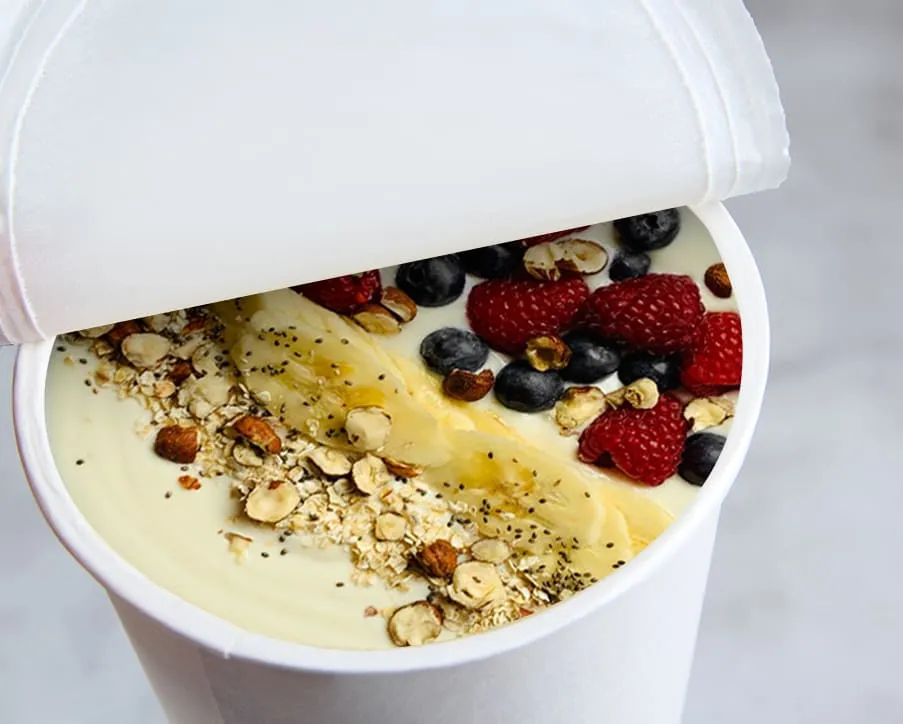
PET-coated paper is a type of paper material used in food-grade packaging production, especially preferred in products that come into direct contact with food. PET (Polyethylene Terephthalate) coating is a thin plastic layer applied to the outer surface of the paper, and this layer enhances the paper’s resistance to water, oil, and liquids. Food-grade PET-coated paper must comply with certain food safety standards for safe use in food packaging.
PET Coated Paper Properties
-
Water and Oil Resistance:
PET coating prevents liquids from penetrating the paper. This is extremely important for food items that contain oil or liquids (such as hot beverages, chip bags, and ice cream containers). The paper’s waterproof and oil-proof properties keep the food items fresh.
-
Food Safety:
PET-coated paper is a material that must be food-grade; meaning it should be produced in accordance with food safety standards as it will come into direct contact with food. These papers are typically made with materials approved by organizations such as the FDA (U.S. Food and Drug Administration) or EFSA (European Food Safety Authority).
-
Durability:
PET coating increases the physical durability of the paper, reducing the risk of wear and damage. It ensures the paper remains stronger and more durable for a longer time, preventing damage to food packaging during transport.
-
Good Printing Surface:
PET-coated papers allow for high-quality printing. Therefore, brands and manufacturers can enhance brand promotion by adding colored prints, logos, or graphics to the products. Prints, graphic designs, and text are clearly visible on the PET-coated surface.
-
Insulation Properties:
PET coating provides thermal insulation, preventing hot or cold beverages from damaging other surfaces. This feature is particularly useful for hot drinks and cold food items.
-
Eco-Friendly Options:
Some PET-coated papers are made from recyclable materials. However, the recycling process may present challenges due to the PET plastic coating, which can be harder to recycle. Therefore, environmentally conscious options are being developed, with growing interest in biodegradable materials.
PET Coated Paper Applications
-
Beverage Packaging:
Paper cups used for hot beverages (such as coffee, tea) are made from PET-coated paper. The PET coating prevents hot liquids from leaking out of the cup and enhances the cup’s durability. Boxes used for cold drinks are also made from PET-coated paper, which keeps the beverages fresh and safe.
-
Food Packaging:
Packaging for fast food products, fast food boxes, pizza boxes, and ice cream containers can also be made from PET-coated paper. The PET coating ensures the safe transport of food without being affected by the external environment. PET-coated paper is preferred for creamy desserts, sauces, and oily foods because it prevents oil from leaking out.
-
Ice Cream Packaging:
Ice cream cartons or ice cream tubs are resistant to liquids and cold air, making PET-coated paper widely used for such products.
-
Printed Packaging:
PET coating allows high-quality printing on the paper. Therefore, it is preferred for printing graphics used for advertising and marketing on food packaging. It provides an ideal surface for food labels or brand logos.
-
Transport Packaging:
PET-coated paper can also be used for food transport containers, tray packaging, and double-layered packaging. These types of packaging enhance the protection and durability of the products.
Advantages of PET Coated Paper
Provides liquid resistance, preventing contamination and transport of food items. It is produced using materials that comply with food safety standards. The ability to print enhances the visual appeal of the packaging. It offers durability and strength, preventing damage to products during transport and use. Eco-friendly options allow for recycling, although the recycling process can be more complex.
Conclusion:
PET-coated paper is a highly popular material for food-grade packaging because it is resistant to water, oil, and liquids; it can also be printed on and ensures food safety. Due to these features, it is an indispensable packaging material for the food industry.





